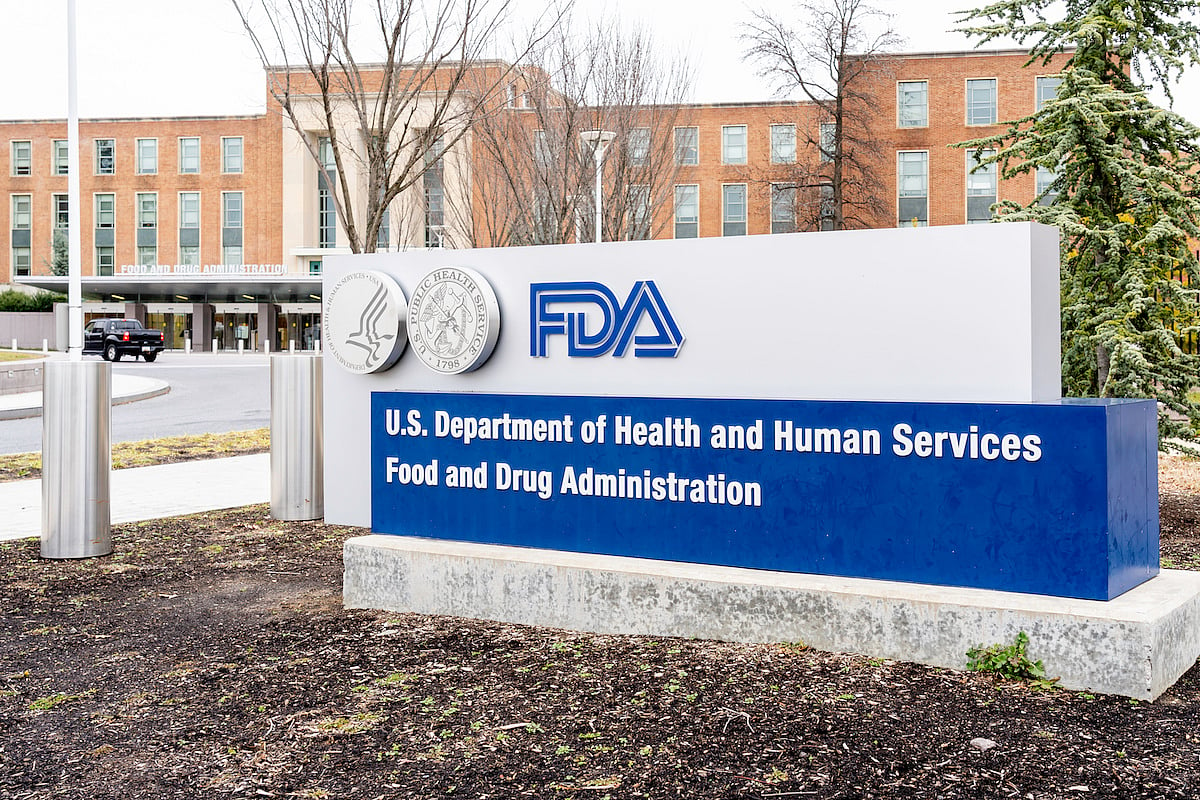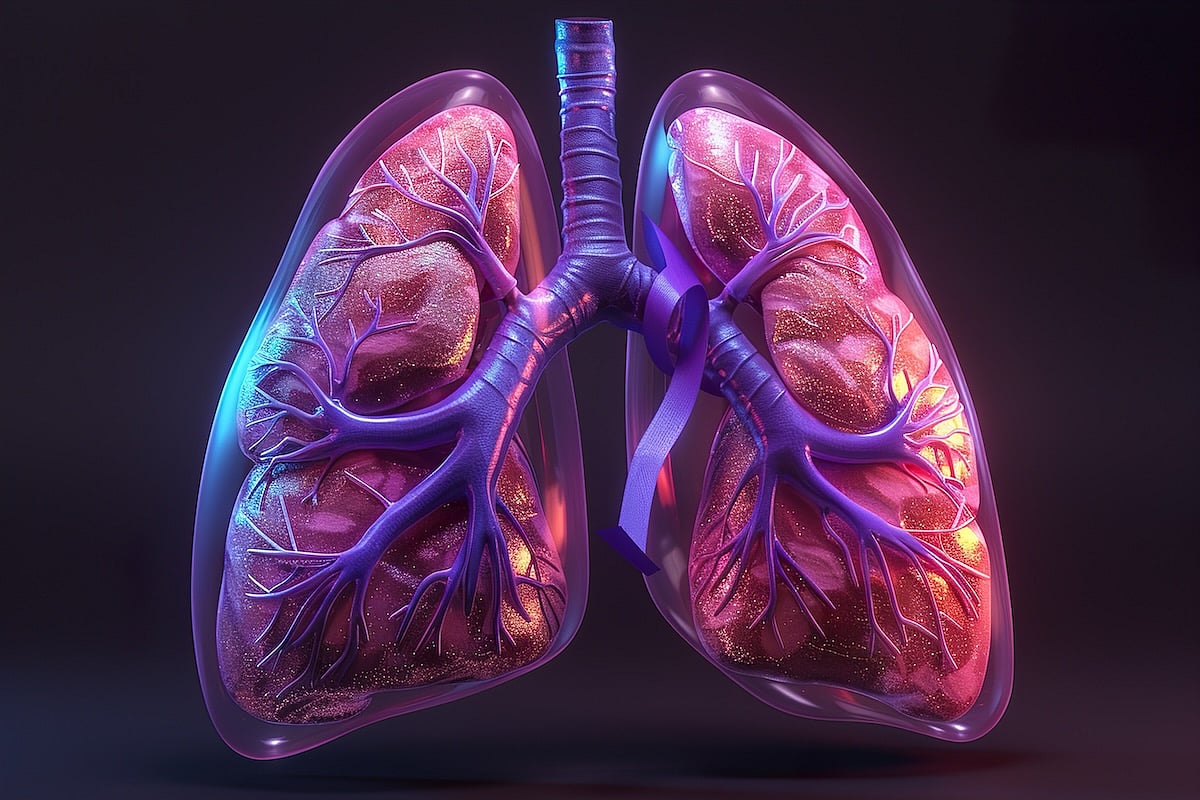THANK YOU!
Get Healthy!
Staying informed is also a great way to stay healthy. Keep up-to-date with all the latest health news here.
07 Oct
Both Sugary and Diet Drinks May Harm the Liver
In a new study, people who consumed higher amounts of both artificially sweetened and sugary drinks were at increased risk of a serious condition where fat builds up in the liver.
06 Oct
Fatal Crashes Reveal High THC Levels in Many Drivers
A new study finds nearly 42% of drivers killed in crashes in Ohio had high levels of THC in their blood.
03 Oct
Flavored Marijuana Vaping Surges Among U.S. Teens
National surveys conducted from 2021 to 2024 show more teens are vaping marijuana, and flavored versions are their drug of choice.
Six Surgeons General Fire Editorial Grenade at RFK Jr.
In a blistering opinion piece published Tuesday in The Washington Post, six former U.S. surgeons general said Health and Human Services Secretary Robert F. Kennedy Jr. is putting the nation’s health at risk.
"Never before have we issued a joint public warning like this," the six wrote. "But the profound, immediate and unpre...
- Carole Tanzer Miller HealthDay Reporter
- |
- October 7, 2025
- |
- Full Page
Interim CDC Chief Calls for Separate MMR Shots
The acting head of the U.S. Centers for Disease Control and Prevention (CDC) is calling on vaccine makers to create separate measles, mumps and rubella (MMR) shots, though public health experts saying there’s no scientific reason to do so.
“I call on vaccine manufacturers to develop safe monovalent vaccines to replace the combi...
- I. Edwards HealthDay Reporter
- |
- October 7, 2025
- |
- Full Page
CDC Leaves COVID Vaccination Up to Patients
The U.S. Centers for Disease Control and Prevention (CDC) has dropped its recommendation that all Americans receive routine COVID-19 shots, leaving the decision up to patients and doctors.
The shift follows new guidance from a panel of vaccine advisers appointed by U.S. Health Secretary Robert F. Kennedy Jr., who fired the CDC’s long...
- I. Edwards HealthDay Reporter
- |
- October 7, 2025
- |
- Full Page
Kroger Recalls Pasta Salads Sold in 30 States for Listeria Risk
The Kroger Co. has recalled two types of pasta salad bowls sold in nearly 30 states after learning the pasta ingredients could be contaminated with Listeria monocytogenes, a bacteria that can cause serious infections.
The recall includes Basil Pesto Bowtie Salad and Smoked Mozzarella Penne Salad, sold between Aug. 29 and Oct. 2 in...
- I. Edwards HealthDay Reporter
- |
- October 7, 2025
- |
- Full Page
Researchers Win Nobel Prize for Uncovering How the Immune System Protects Itself
Three immunologists have won the 2025 Nobel Prize in Physiology or Medicine for uncovering how the immune system prevents itself from attacking the body.
The discovery has opened new paths for treatment.
Immunologists Mary Brunkow, Fred Ramsdell and Shimon Sakaguchi discovered a special group of immune cells called regulatory T-cells...
- I. Edwards HealthDay Reporter
- |
- October 7, 2025
- |
- Full Page
Concussions Could Increase Dementia Risk Among Seniors
Seniors who get a concussion are more likely to develop dementia or falter as they age, a new study says.
Older folks who suffered a traumatic brain injury (TBI) had a higher risk of dementia, requiring home care services or admission to a long-term care facility, researchers reported Oct. 6 in the Canadian Medical Association Journal<...
- Dennis Thompson HealthDay Reporter
- |
- October 7, 2025
- |
- Full Page
Deep Brain Stimulation Offers Long-Term Relief For Parkinson's Patients
Deep brain stimulation (DBS) implants can provide long-term relief for people with Parkinson’s disease, a new study says.
Parkinson’s patients who got deep brain stimulation had better motor function, an improved ability to manage day-to-day tasks, and overall better quality of life after five years of DBS treatment, researcher...
- Dennis Thompson HealthDay Reporter
- |
- October 7, 2025
- |
- Full Page
Inflammation Linked To Fatigue Among Cancer Patients
Fighting cancer can leave patients tired to their bones and researchers now think they might know why.
Inflammation was linked to fatigue among nearly 200 women with early-stage breast cancer during and after treatment with radiation or chemotherapy, researchers reported Oct. 6 in the journal Cancer.
Specifically, inflammati...
- Dennis Thompson HealthDay Reporter
- |
- October 7, 2025
- |
- Full Page
Babies More Likely To Die If Mother Passes During Or After Pregnancy
Protecting newborns' lives starts with protecting the health of an expecting mother, a new study says.
Infants are 14 to 22 times more likely to die if their mother dies during pregnancy or just after delivering a newborn, researchers reported recently in the journal Obstetrics & Gynecology.
“If we want to protect ...
- Dennis Thompson HealthDay Reporter
- |
- October 7, 2025
- |
- Full Page
Both Diet And Sugary Drinks Increase Fatty Liver Disease Risk, Study Says
People could be at higher risk of fatty liver disease from both sugary sodas and diet drinks, a new study says.
In fact, artificially sweetened drinks might pose a greater threat to liver health than sugary beverages, researchers reported Monday at the United European Gastroenterology's annual meeting in Berlin.
The team also found t...
- Dennis Thompson HealthDay Reporter
- |
- October 7, 2025
- |
- Full Page
Inhalers Produce More Than A Half-Million Cars' Worth of Carbon Emissions Annually
Inhalers provide breath-saving relief to people with asthma and COPD, but ultimately are undoing those good works by promoting climate change, a new study says.
Inhalers generated more than 2 million metric tons of carbon emissions annually over the past decade, researchers reported Oct. 6 in the Journal of the American Medical Associa...
- Dennis Thompson HealthDay Reporter
- |
- October 7, 2025
- |
- Full Page
FDA May Ease Warning on Hormone Therapy for Menopause Symptoms
The U.S. Food and Drug Administration (FDA) is reviewing whether to change the warning label on hormone replacement therapy (HRT) drugs used to treat menopause symptoms, a move many experts say is long overdue.
“We are in serious discussions now about what to do about the black box warning, and I think you’ll hear somethi...
- I. Edwards HealthDay Reporter
- |
- October 6, 2025
- |
- Full Page
Love Chewing Ice? It Could Damage Your Teeth and Jaw
Chewing on ice may seem harmless, perhaps even refreshing, but dental experts warn it can actually wreak havoc on your teeth.
While the occasional crunch of an ice cube isn’t likely to do severe damage, making it a daily habit can lead to enamel damage, cracked fillings and even jaw pain over time.
Ice is among the hardes...
- I. Edwards HealthDay Reporter
- |
- October 6, 2025
- |
- Full Page
Dog Treats Recalled Nationwide Over Salmonella Risk to Pets
A Michigan pet treat company is recalling some bags of dog chews after they were found to be contaminated with Salmonella, which can sicken both pets and people.
Best Buy Bones, Inc., based in Mount Morris, announced it is recalling four lots of Nature’s Own Pet Chews Bully Bites (one-pound bags) with an expiration date of S...
- I. Edwards HealthDay Reporter
- |
- October 6, 2025
- |
- Full Page
Costco To Sell Ozempic and Wegovy for $499 a Month
Costco shoppers will be able fill prescriptions for Ozempic and Wegovy — two of the most popular weight loss and diabetes drugs — at a discount.
Novo Nordisk, the maker of both medications, announced Friday that the warehouse retailer will sell a four-week supply of the injections for $499 out of pocket at its more than 600 U.S...
- I. Edwards HealthDay Reporter
- |
- October 6, 2025
- |
- Full Page
Overeating A Sign Of Early Mental Health Problems Among Preschooler Girls
Preschoolers who regularly overeat are likely swallowing their emotions as well, a new study says.
Girls who overeat as preschoolers are more likely to develop anxiety, impulsivity and hyperactivity when they grow into teenagers, researchers reported in the journal BMC Pediatrics.
The results indicate that children’s e...
- Dennis Thompson HealthDay Reporter
- |
- October 6, 2025
- |
- Full Page
Injectable Drug Slows Deterioration From Pulmonary Hypertension
A recently approved injectable drug can significantly stall deteriorating health among people newly diagnosed with the most severe form of high blood pressure, a new study says.
Sotatercept reduced patient’s risk of deterioration by 76% due to pulmonary hypertension, or high blood pressure in the heart-to-lung system, researchers rep...
- Dennis Thompson HealthDay Reporter
- |
- October 6, 2025
- |
- Full Page
Alzheimer's Drug Might Improve Social Functioning Among Kids With Autism
An approved pill for Alzheimer’s disease might help boost social functioning in some children and teens with autism spectrum disorder, a new small-scale clinical trial has found.
Memantine improved these kids’ social behaviors 56%, compared to a 21% improvement among kids taking a placebo, researchers reported in JAMA Netwo...
- Dennis Thompson HealthDay Reporter
- |
- October 6, 2025
- |
- Full Page
Seasonal Allergies Might Increase Suicide Rate, Study Says
Seasonal allergies are considered an annoyance to most, and maddening to some.
Few think of seasonal sniffles and sneezes as potentially fatal — but we might be overlooking the danger they pose, a new study warns.
High pollen counts are linked to a significant increase in suicide risk, according to findings published in the Dec...
- Dennis Thompson HealthDay Reporter
- |
- October 6, 2025
- |
- Full Page
Air Pollution Particles Hitch A Ride On Red Blood Cells, Into Major Organs, Study Says
The tiny particles inhaled from air pollution stick to our red blood cells, hitching a ride to do damage throughout our bodies, a new small-scale study says.
These particles — produced by motor vehicles and industrial emissions — recently have been found in the brain and the heart, where they are linked to increased risk of dis...
- Dennis Thompson HealthDay Reporter
- |
- October 6, 2025
- |
- Full Page



























